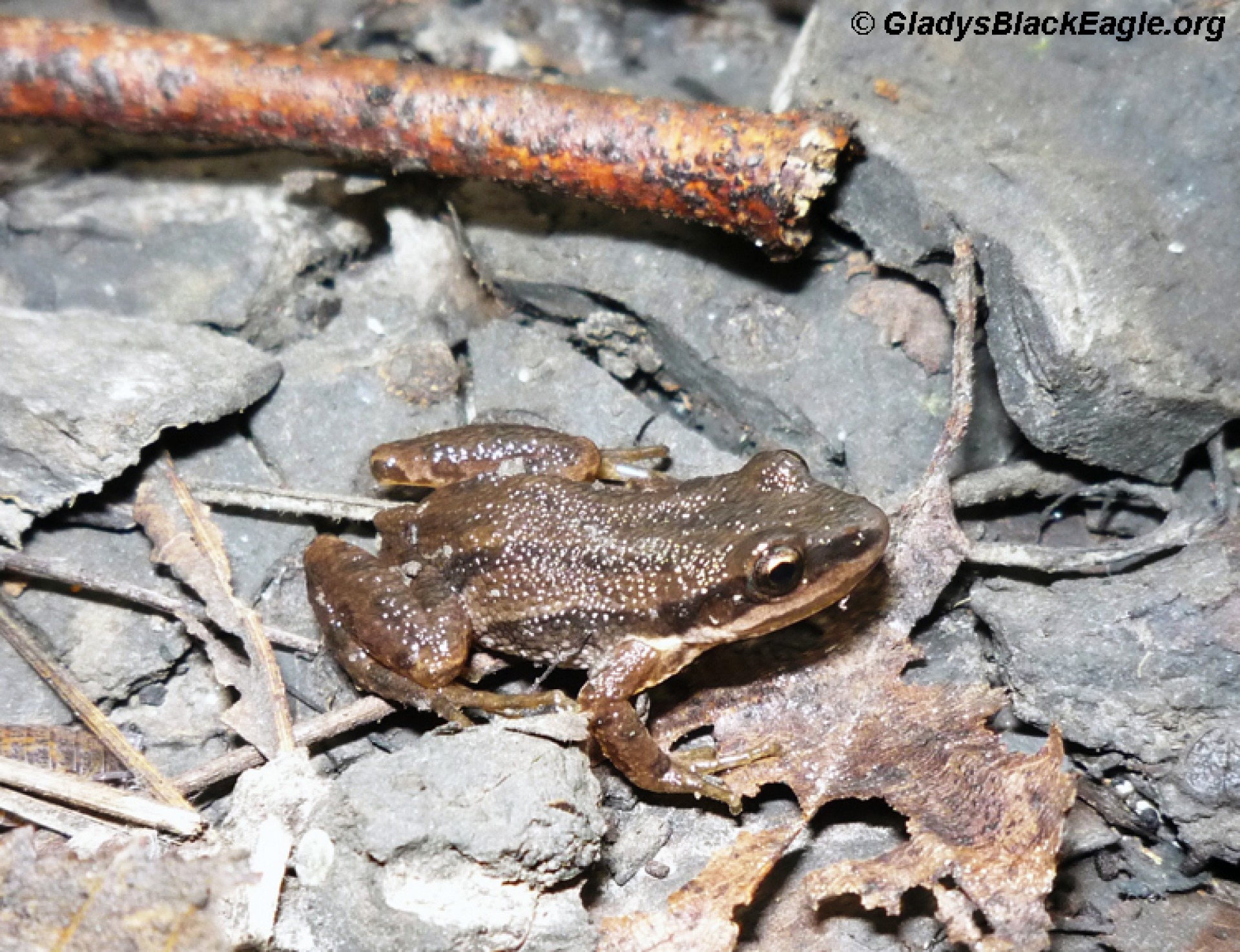Wildlife Misconceptions
Marla Mertz, Marion County Conservation
C’mon everyone! Don a sweater or sunscreen, if needed, and let’s go outside!
People have such a variety of expectations when they venture outdoors. In some cases, the expectations are based on misconceptions about the wildlife living in the area.
Many of us don’t take the time to understand animal behavior and the “job” that they were intended for to help us fulfill the diversity needed for healthy environments, including land and water environments greatly needed for crops and good water supplies.
Check out these books to help you dispel animal myths and learn more about their diversity!
-
- Animal Fact / Animal Fiction by Seymour Simon
- Coyote Cry by Byrd Baylor
- Animals Should Definitely not Wear Clothing by Judith Barrett
The 6 and 8-legged
The most diverse group of small creatures many think of as tiny creepy-crawlies are really a swarm of misunderstandings. These small invertebrates are all around us and occasionally land, crawl, or hop onto our bodies or buzz by us often with a startling or surprising reaction. Myths and fears are formed as people make quick assumptions to explain their diverse world. Some people form a belief that almost anything that creeps or buzzes will bite or transmit some type of disease, when, in fact, only a tiny portion of these animals are carriers of human disease. Biting or stinging insects do exist but the vast majority is harmless. Some types of mites, moths, caterpillars are considered agricultural pests. It is also important to recognize that a host of worms, insects and spiders aid in soil fertility and pest control. “Living soils” cannot exist without the diversity of small invertebrates.
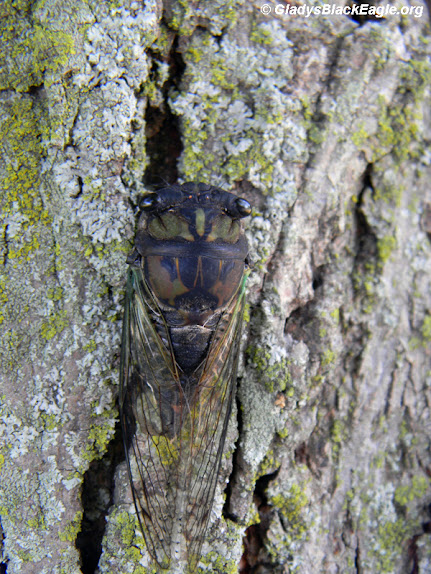
With the return of the cicadas, you are sure to see a cicada killer wasp! Although very large and dangerous looking, it is very rare that anyone actually gets stung (but, if you are one who has an allergic reaction to stings, take precautions). These large wasps are after the singing bugs dressed in camouflage and the the 17-year locust with bulging red eyes. The cicada killer wasp will fly, drag, or do whatever it takes to take their prey home. These wasps are ground dwellers and sometimes locate a home between sidewalk cracks, steps, and in loose soil. The adults eat nectar and the cicadas are food for the wasp larvae.
View the "Insects and Spiders" album in Google Photos.
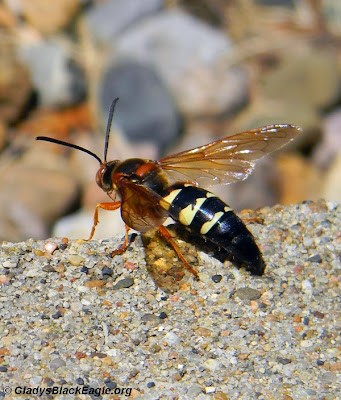
In Cold Blood
Probably the most misunderstood group of animals would be amphibians and reptiles. Amphibians and reptiles are commonly referred to as “herps.” Herps are cold-blooded and that term has a bad connotation even though it means the inability to maintain a constant body temperature and high metabolism. If you have seen these types of animals before, you know they are all very well camouflaged and hunt their prey by being patient and still. This hunting technique is important because cold-blooded animals can’t afford to waste energy when hunting. Science fiction shows, cartoons, and past stories have portrayed any critter with slimy or scaly skin as “evil” or “monstrous.”
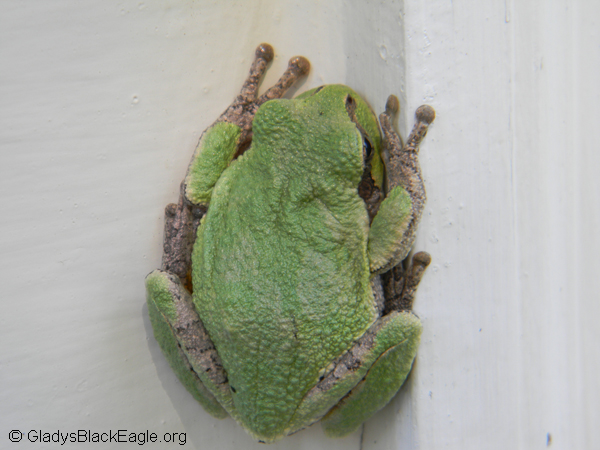
Iowa amphibians are not dangerous to people. They lack teeth, beaks, claws, and nails. They are probably one of the easiest animals for children to observe. The slimy aspect might be hard for some. The slime is just a protective lubricant to help them not dry out, slip through the water, and to protect them from parasites. The frog is also an important indicator of water quality due to its sensitivity of pollutants. Frogs can receive small amounts of oxygen through its damp skin -- it can breathe through its skin! How cool is that!
Don’t touch that toad! It will give you warts! What do you think -- true or false? Toads in general are warty. Toads can produce small amounts of poison from large, bumpy glands located directly behind the eyes. The poison is used to leave a bad, irritating taste in the mouth of any predator that thinks it could be a tasty morsel. When the poison is released, it will cause a foamy, yucky feeling, and, most of the time the toad is dropped and released from the hold of a mouth… therefore, released and back to work eating insects and worms. The poison does not make it dangerous for people to touch toads, although it might be a good idea to wash your hands before wiping your eyes or eating a snack. Some people may just be a little sensitive to the moisture of the amphibian’s skin. Handling toads does not cause warts! Hope you answered false.
Oh, and by the way, one more thing you ought to know. When you hold an amphibian, they occasionally have other defense mechanisms to assist in their escape -- human or not (you might get peed on a little). It’s usually a guarantee that you will say “YUCK” and put it down!
- Read... Some Frogs have their own Rocks by Robert Claire Wiest
psSSSSSST!
Snakes, of course, rarely make any sounds. It’s always a surprise when you run across one. If they could just scream or shout to tell you that they are there, it would help a lot. Iowa’s reptiles include snakes, but also turtles and a few types of lizards.
Snakes have an especially bad reputation which is mostly based on myths and common misconceptions. Snakes have dry, scaly skin -- kind of like the bottom of your shoe. They lack sweat glands, so moisture is not produced on their skin. Depending on the snake you find, insects, worms, bugs, toads, mice, and small rodents are their main diet. Snakes do not dig their own holes. They don’t have arms and claws needed for digging. Snakes will move into the shelter of existing holes or enter a burrow in search of food.
Many non-poisonous snakes will imitate rattlesnake behavior by shaking and vibrating their tails. They sound very similar, but give you a nice warning that you might be too close for comfort to them. Does it make you go the other way? If so, they have protected themselves from harm. They are not interested in stalking you in any way, even if it looks as though their tongue is moving in every direction. A snake’s tongue is an odor collector -- it helps them track its prey or find its way around!
Yes, a few venomous (poisonous) snakes can be seen in Iowa. Poisonous snakes bite their prey and inject poison through long, hollow fangs. Then, they follow the prey until their venom takes effect and then swallow the prey whole.
Four different venomous snakes call Iowa home – massasauga, timber rattlesnake, prairie rattlesnake, and copperhead. All but the timber rattler are listed as Iowa endangered species. The timber rattlesnake can be found in northeast, eastern, and southern Iowa. These snakes are the largest poisonous snake and likely the most dangerous. The massasauga has been documented at only three state marshes. The copperhead is found in a small area of southeastern Iowa. The prairie rattlesnake is found only in portions of the northern Loess Hills and is very rare.
- Learn More links about amphibians and reptiles
- Check out HerpNet to learn more about Iowa herps!
- Read A Snake is Totally Tail by Judith Barrett
View the "Herps" album in Google Photos.
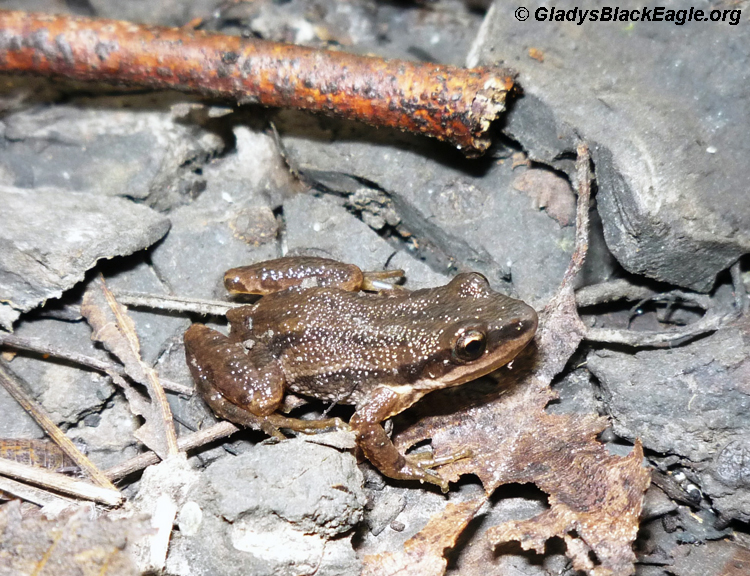
Oh, you have those night eyes!
Nocturnal animals are dusk-to-dawn hunters, but that does not necessarily mean you will only see or hear them at night. Their body’s features assist them with their nighttime hunting strategies, but there are also times that they need nourishment, are feeding young, or other survival factors (like weather, flooding, or change of habitat) have come into play where we may see them during the day.
View the "Night Animals" album in Google Photos.
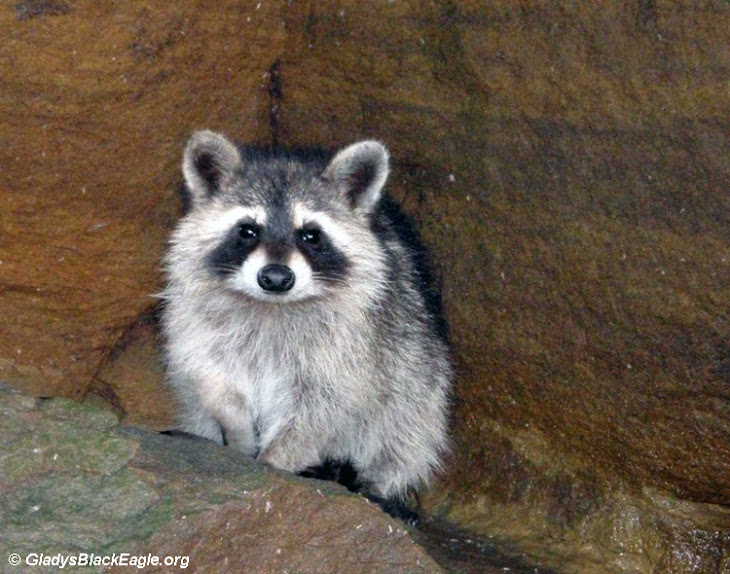
The soft steppers and the silent fliers are most active at night, but also move about during the day. Most types of owls live in woodlands where they have adapted to the quiet darkness. They have extremely good eyesight, with eyes that are very large to gather in as much light as possible. They cannot move their eyes back and forth like we can, so their head must turn for them to pinpoint location. Can they turn their head all the way around? Owls can’t turn their head in a full circle, but can move their head about 270 degrees, allowing it to quietly look or listen to the sounds which are behind it without moving the rest of its body. The owl’s ability to catch food in near total darkness, is because of the acute sense of hearing that allows the owl to pinpoint prey with tremendous accuracy. Owls also have fuzzy edges to their feathers that help the owl fly quietly to swoop down on its prey.
- Read Owls in the Family by Farley Mowat or Owl Moon by Jane Yolen
- Watch this YouTube video from Mike Havlik about Owls and their Unique Characteristics
Some animals have stinky reputations such as the striped skunk. They are common throughout Iowa and are very well known by their contrasting black and white coloring. That striking color means “warning” and makes their presence known quickly. Skunks are quite secretive and will hide from danger when possible. Most wild animals recognize the skunk’s warning colors and stay away. The only real predator of the skunk is the great horned owl which has a poor sense of smell.
Then there is a mostly naked-tailed, pointed-nosed animal called the opossum. Is it truly a rodent? Could it be, with further inspection, a marsupial? Approximately 3/4 of all marsupials, like the kangaroo and koala bear, live in Australia. Marsupials have a pouch in which they nurse and raise their young. When an opossum is threatened, it will act like it is dead or “play ‘possum.” This defense often works well because some predators will take only live prey.
Bats are not birds, they are winged mammals. Like most mammals, bats are covered in fur, their offspring drink milk, and they are warm-blooded. Bats are surrounded by many myths and misconceptions. In Iowa, all bats are insect-eaters and feed mostly at dusk when flying insects are most numerous. Are they truly blind, you ask? To capture their food and navigate structures and natural features in darkness, they use a way of hearing called echolocation. The bat sends out high-pitch sounds, listening for the echo or bounce back to determine distance from objects and prey. The flight and gobbling up of swarming insects sometimes feels too close for comfort when we are outside at dusk. Needless to say, they will not make nests in human hair. The fear of bats being a common carrier of rabies is no different than all warm-blooded animals having the potential to carry the virus.
Text adapted from Iowa Association of Naturalists (IAN) "Misconceptions about Iowa Wildlife." More species information is available in the IAN “Iowa Wildlife and People” series available from ISU Extension publications.
published Friday, August 2, 2019

